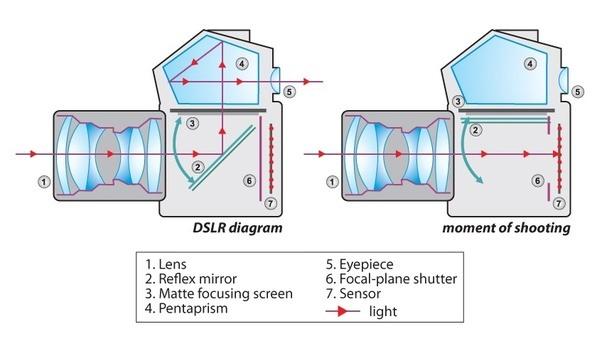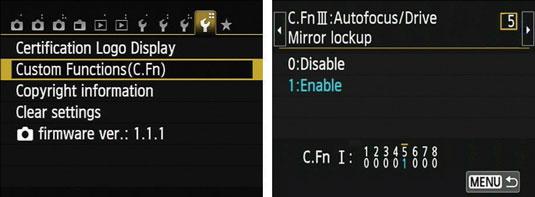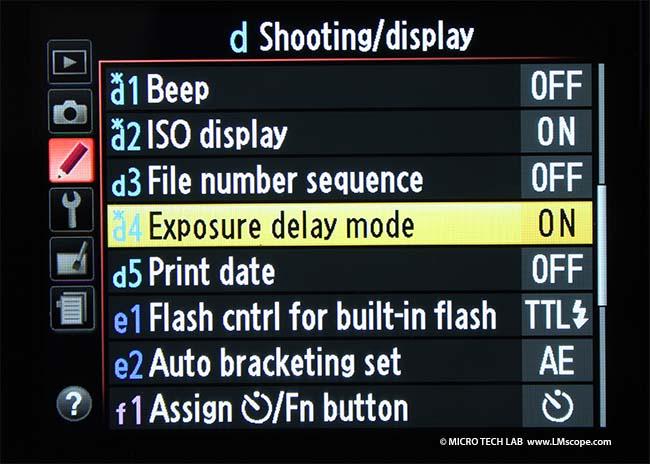Home › Forums › YPS Member Forum › Photo Techniques Forum › Long Exposure Shots
Tagged: lockup, long exposure, mirror
- This topic has 2 replies, 2 voices, and was last updated 6 years, 8 months ago by
 Murali Santhanam.
Murali Santhanam.
-
AuthorPosts
-
May 19, 2017 at 5:33 pm #2094
How can we make long exposure shots that are stunningly sharp? Long exposures are generally attempted in the following situations:
- Night or Low-light landscapes
- Star Trails
- Slow motion pictures involving moving objects like waterfall
- Interiors shot in low light
Irrespective of the nature of the subject, the long exposure shots have the potential to fail due to (a) difficult-to-predict exposure, (b) running out of time and patience and (c) camera shake during the exposure. There are many precautions to be taken to produce successful long exposure shots. Here we will explore some steps required to reduce camera shake during long exposure.
1, Tripod – Of course, it is insane to even attempt such long exposure shots without a tripod. Make sure that the entire setup is rigid before commencing the exposure. By this, I mean that the tripod must be strong enough for the camera and lens, and all joints the lens-collars, mounts and knobs are all fully tightened preventing movement.
2. Cable Release – Pressing the shutter button is the major cause for the shake in log exposure photography. There are a couple of ways to address this. One of the best ways is to use Cable Release that allows the shutter to be released without exerting pressure on the camera, thereby reducing the chances of a shake.
3. Timer – If you do not have a cable release the next best alternative is to use the camera’s built-in timer. Most cameras are equipped with a 2-second timer for this very purpose. Select the 2-second timer and click using the regular shutter button. It gives you time to take your hands off before the actual picture is taken.
4. Image Stabilization – By design, image stabilization is designed to compensate for camera movement caused by hand-held operation of the camera. For tripod-mounted shots, Image stabilization must be turned off so that these systems do not add shake.
Despite all these you may get blurred results, especially when you are using longer focal length lenses, due to shake caused by internal camera mechanism. The main reason for the shake in the DSLR cameras is the movement of the mirror.

The mirror is a heavy piece of component that the SLR has to move up so that the image reaches the image sensor instead of the view finder. The mirror is moved up very fast so that it does not slow down the speed of picture taking. The mirror goes up and bangs against the bottom of the view finder prism mounting causing a small shake. This rocks the whole set up and takes a brief time for the shock to die down. This is not noticeable when taking hand-held shots, but can be noticeable with long exposure shots.
Fortunately, DSLRs are designed to handle this situation. They provide you this wonderful feature called “Mirror Lockup”. Unfortunately you have to search for this in the manual to find out the menu under which this feature is hidden. It is called “Mirror Lockup” by Canon while Nikon calls it “Exposure Delay Mode”. Fortunately Canon cameras provide a customizable My Menu under which I can make such operations readily available for selection. I am sure there is something similar in the Nikon world.


Mirror Lockup must be used with the timer. When you press the shutter button with mirror lockup set and timer set, the camera first pulls the mirror up. It then waits for the timer to trigger the shutter after the duration of the timer. This provides adequate time for the shake caused by mirror going up to die down.
Thus goes the last impediment to sharp long exposure shots. Happy shooting.
August 9, 2017 at 8:05 am #2688Thanks for the information Murali sir!!! Mirror lockup explained so crisply. Shall try it out.
August 9, 2017 at 11:28 am #2691Thank you, Mohan. I am sure, it will improve the quality of long exposure shots for you. All the best.
-
AuthorPosts
- You must be logged in to reply to this topic.

